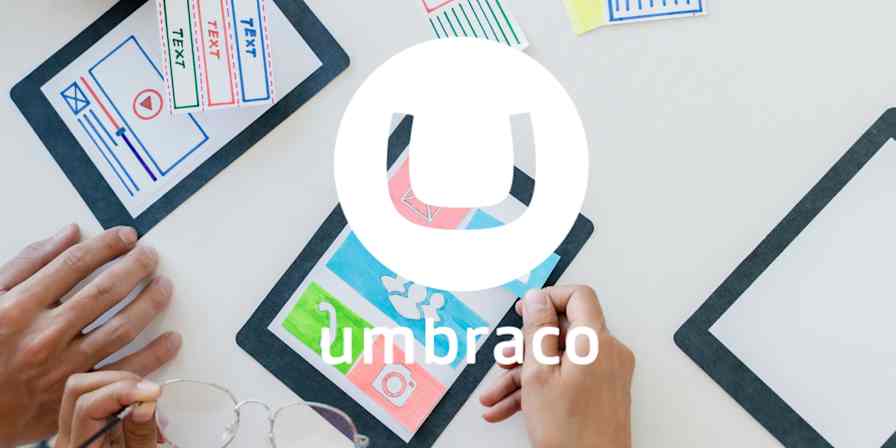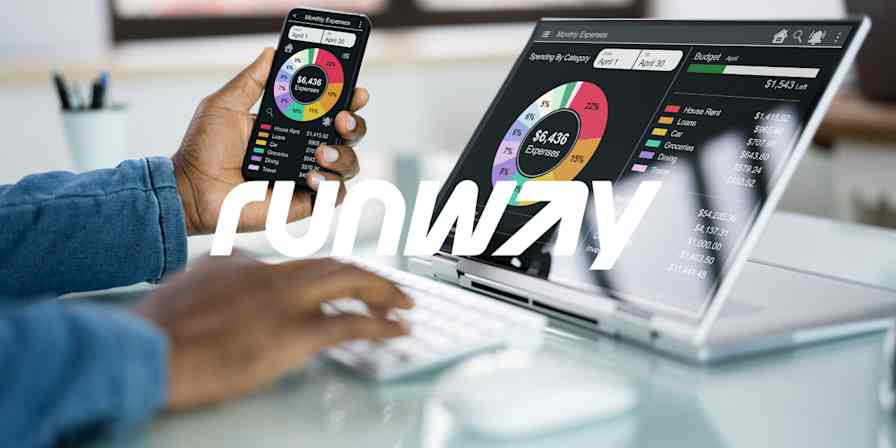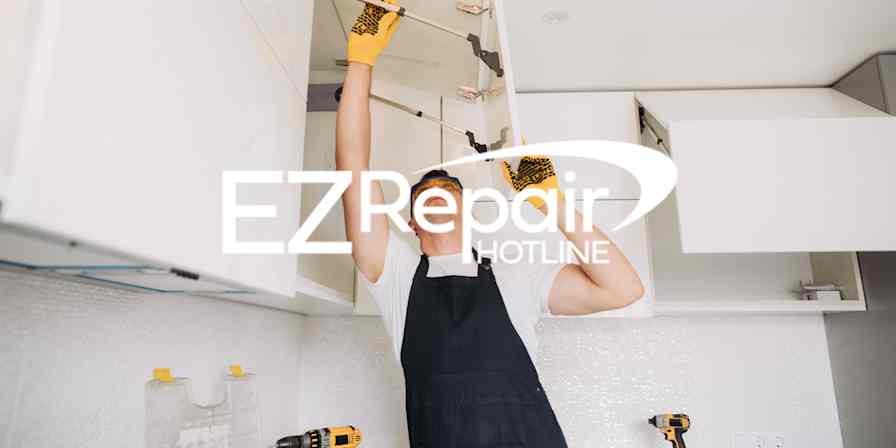Customer stories
2 min readHow a one-woman nonprofit scaled to deliver thousands of meals to people in need
Lasagna Love uses automation to focus on what matters most
By Deb Tennen · October 23, 2020

Get productivity tips delivered straight to your inbox
We’ll email you 1-3 times per week—and never share your information.
mentioned apps
Related articles
Improve your productivity automatically. Use Zapier to get your apps working together.








